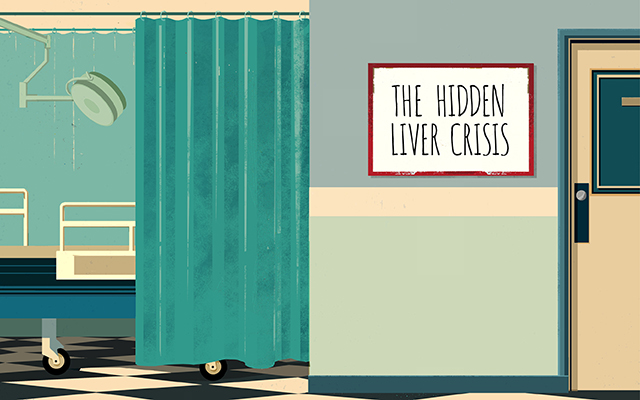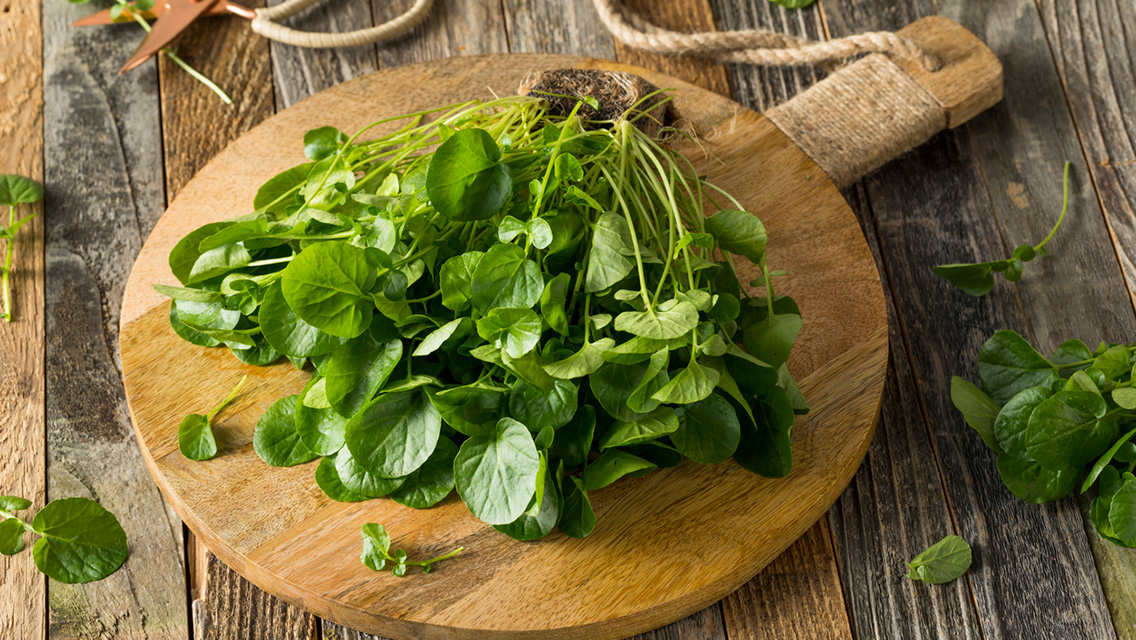The liver plays a central role in detoxifying the body. This organ engages in a two-step process, filtering the blood and removing and neutralizing harmful substances.
These steps are often described as phase 1 and phase 2 detoxification. During phase 1, the liver releases enzymes that turn fat-soluble toxins into “intermediate” metabolites. Notably, these compounds can be more reactive or harmful than the original toxins.
During phase 2, the liver continues to process these intermediate compounds, making them water soluble so they can be sent to the gut (in bile) to exit the body in the feces, or to the kidneys (in blood) so they can be ushered out in the urine.
For the body to detoxify properly, both phases need to function optimally. If the first phase is overactive and the second sluggish, those reactive intermediate metabolites can accumulate and do damage.
One toxin that exploits an imbalance in this system is polycyclic aromatic hydrocarbons (PAHs). Found in tobacco smoke, charred foods, and environmental pollutants, PAHs are converted during phase 1 into dangerous compounds called reactive epoxides. If those epoxides aren’t fully neutralized in phase 2, they can bind to DNA and lead to cancer-causing mutations.
This is why Sara Jean Barrett, ND, a Minneapolis-based integrative practitioner who treats patients with chronic health conditions, recommends caution with detox protocols, which don’t always support both phases.
“I sometimes see formulas that try to push a faster phase 1 without addressing phase 2,” she says. “When supporting detoxification, you want to work backward from the last step.”
Barret emphasizes that the correct order for detox protocols begins with ensuring regular elimination, then supporting phase 2 liver detoxification. After you’ve attended to those, supporting phase 1 detoxification is appropriate.
Signs of liver congestion include fatigue, pale stools, itchy skin, and hormone imbalances. All are good reasons to work with a provider to safely support the liver in detoxing.
Meanwhile, a yellowish tint to the skin and eyes and sensations of pain and fullness around the liver (which sits in the upper-right side of the abdomen) are signs of severe liver toxicity, which requires immediate medical attention.
How to Support the Liver:
One easy way to support both phases of detoxification is to eat cruciferous vegetables, such as kale, broccoli, cauliflower, radishes, and Brussels sprouts. These members of the Brassicaceae family contain indole-3-carbinol and sulforaphane, compounds that help the liver produce phase-1 enzymes. Sulforaphane also helps create glutathione, which binds to toxins in phase 2 to make them water soluble.
Bitter plants like dandelion greens, artichokes, and turmeric are also detox powerhouses, supporting the flow of bile and reducing liver congestion. And it’s no coincidence that some of these plants are in peak season in the spring and fall, says Bhaswati Bhattacharya, MPH, MD, PhD, a board-certified and licensed physician with advanced training in pharmacology and Ayurveda practicing integrative medicine in New York City. “I tell people that when the weather changes from cold to hot or hot to cold, that’s the time to do a liver cleanse. Many bitter plants pop up right at that time.”





This Post Has 0 Comments